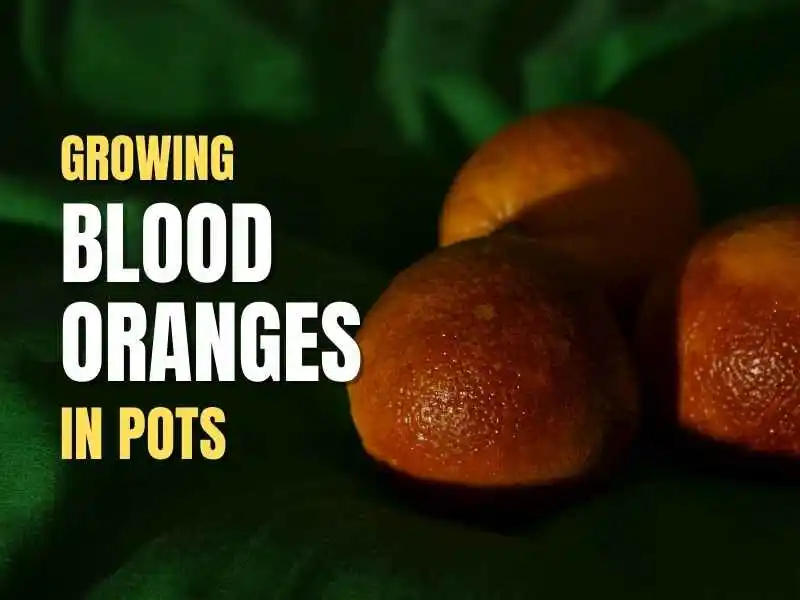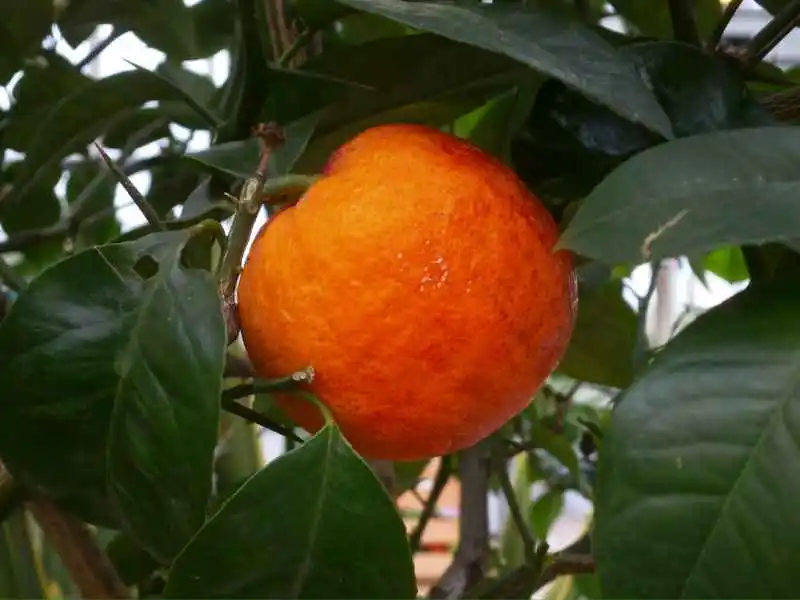Gardeners go for their hobby of gardening for two main reasons. One is to fulfill their hobby of gardening, and the other is to make the space beautiful and useful. Useful in any sense so that they can share it, eat it, or earn from it.
When coming to this hobby they go for space utilization. Most of the time they end up searching the alternatives for extra space. Then in this search, they end up in the pots or the containers. These containers and pots play a very important role because there are many gardens which are solely surviving on the containers.

These pots or containers are a very good choice to plant trees and plants. These are easy to move, and it takes little effort to take care of them. Moreover, there are special varieties of plants that have been developed to grow well in the pots.
These pots are availed easily and are easy to manage. Also, these pots can handle fruits as well along with decorative plants and vegetables. That’s why we are going to discuss how growing blood oranges in pots can be beneficial and easy for you.
Blood Orange Plants
The orange family includes blood oranges. These are nearly identical to other families of oranges, such as those with spherical forms and orange or orange and red colors, and favored as both domesticated and commercial plants.
These are similar to other citrus fruits that may be found worldwide, as was already noted. However, when these are cut open, the internal flesh is authentic. It is called blood orange because the interior is the hue of blood red. These are typically grown in Asia, but they are planted everywhere.
This fruit typically has a sweeter aroma than other varieties of citrus fruits and is also generally more tender. Its leaves also have a wonderful, energizing scent. Compared to other citrus fruits, the blood orange fruit has fewer seeds within and is simpler to peel.
They can be domesticated or grown in pots or containers. All citrus kinds require the sun and healthy soil to grow, as we all know. These do well in mild winters but struggle in the frosty months. We must thus cover it if it’s outside or relocate it to a shaded area if it’s in a pot.
Thus planting the blood oranges in pots makes it easy to move them where there is plenty of sunlight. The sunlight helps the citrus to get better in shape, size, and flavor.
How to grow blood oranges in pots?
Oranges are cultivated from seeds, however, grafting is used to capture the fruit at the end. Grafting promotes disease resistance, reduces the time it takes for a plant to bear fruit, and aids in the emergence of new flavors. If not, it may take the blood orange fruit 8 to 13 years to ripen.
Therefore, the majority of the time, after the grafting process, the oranges—and particularly the blood oranges—that we see at various locations are taken to the gardens. People move it to the gardens after the grafting is complete and maintain it there as directed.
You shouldn’t try to grow blood oranges from seeds unless you are a truly enthusiastic and joyful gardener who wants to experiment and learn a lot. since it will require a lot of effort and time to produce results.
You can easily get the plants of blood oranges from the shop or the horticultural site. These plants will be already grafted. You will have to plant them and take good care of them. You would be able to get a good result in the form of blood oranges.
Containers and pots are good choices to grow dwarf blood orange trees. In this way, you would be able to keep the size small, and you would enjoy it for a longer period in a limited space as well. It will take time to bear fruit.
Planting blood oranges from seeds
Gather the orange seeds. The blood orange should be cut in half, and the seeds can be removed using a spoon or knife. Then, preferably using a tea towel, clean these seeds. First, thoroughly rinse all of the seeds there with water. After that, dry them off with a tea towel.
Choose seeds that appear to be fit for sowing, are healthy, and are not damaged. Take a bowl and fill it with water, then soak all the seeds you intend to plant. Because there is a considerable likelihood of germination, soak for 24 hours. Put the seeds in the towel or thick tissue paper once they have been soaked.
Get the seeds that have been soaked, and then plant them in the soil that has been prepared for this. Bury the seeds up to three or four inches deep. Keep the container or the area where the seeds are planted in direct sunlight. Continue watering them as germination begins, and treat the soil with a small number of fertilizers.
For the plants to grow more, we must now transplant them into pots or a garden. The best time to transplant is when the leaves appear. Before transplanting, prepare the soil or pot. It needs a good drainage system. So, transfer the plant there once it has been prepared. For a plant, create a hole that is 2 inches wide and deep.
Fill the hole with the plant after it has been placed there gently. A moist soil should be present, therefore check. If not, hydrate it beforehand. Place the pot in a bright area. The orange plant likes water, so water it frequently.
Selection of pot for Blood Oranges
As of now, you would have got the plants from the shop or the seed. Now it’s time for the selection of pot. Get the bigger pot. 18 to 24 inches pot is enough. This pot will not require more repotting.
Get the pot in the right space where there is plenty of sunlight. Fill the pot with soil that is rich in nutrients. Add organic composed matter to meet the nutrient requirement. Once filled, moisten the soil.
Now transplant the plant to the pot. Get the hole such deep that it fully covers the roots of the plant. Add a layer of soil around it, by gently pressing it. Add water to the blood orange plant on the spot.
While choosing the variety of the blood orange, add the Moro blood orange tree to the container. It has very sweet, and deep red oranges. It has added the flavor of raspberry to the taste.
Grafting the blood oranges

As of now, you would have grown the plants from the seeds. You will need the gifting of the plants. Here we are explaining the process of grafting. You can get the plants as well, these will be already grafted and ready to be planted.
Choose a location for the graft. No more than 8 to 10 inches from the ground should be present. The buds must be at least a year old. Make a 1-inch cut in the blood orange’s wood and bark. In it, put the largest bud, then cover it with bark. Then fully wrap with budding tape the region around and inside the bud. This will maintain the necessary minimum moisture.
After three to four weeks, remove the tape. The graft on the green-based buds will be established, whilst the rot on the other buds. Apply the same technique to each of the buds. Your graft is finished.
Taking care of the blood orange plants
Yellow leaves could be a sign of excessive irrigation and inadequate fertilization. The plant needs the greatest water during fruit season. Because you will get more and more luscious blood oranges as you water the trees. Verify the efficiency of the soil’s drainage system.
When it comes to blood oranges, pruning is quite beneficial. It is advised that blood oranges shorten their height. It’s also critical to realize that it will bloom profusely. It needs to be pruned to fit in your gardening space or the container it was planted in or grew in.
In terms of sunshine, blood oranges are no different from other citrus fruits in that they all require strong sunlight to flourish. The blood orange needs to be kept in a bright area during the winter. When the sun is shining brightly on a day and the plant is being cultivated indoors, move it outside.
This plant can suffer from harsh winter conditions. Cover the plant with straw or blankets at that time, and add a thick layer of mulch to the base.
Feed the plant three or four times a year with fertilizer. Iron, zinc, and manganese are needed for blood oranges. Chemical fertilizers are another option, while organic fertilizers are recommended. Additionally, water the blood orange plant to maintain moisture.
In a nutshell, blood oranges in a pot are a blessing of mother nature. These can provide such good fruit that we may not get organically in such a good form and shape.
Also, read

